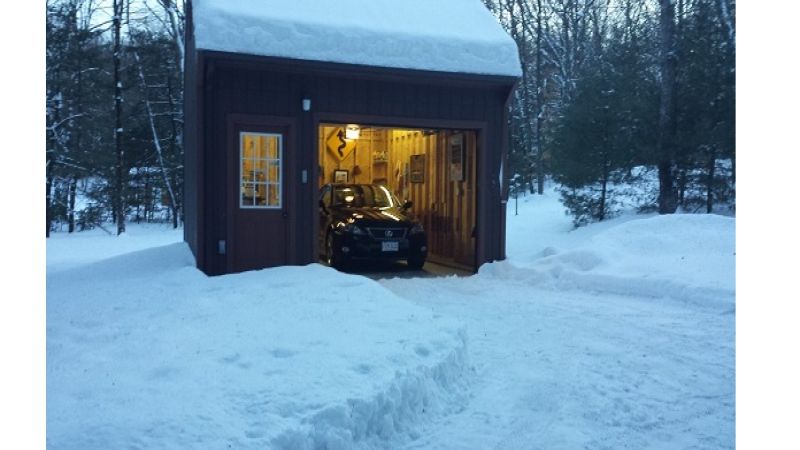"Winter is coming." We all know the mantra, but aside from the Game of Thrones implications, there are real-world declines in fuel economy associated with cold temperatures. Here is a quick list of the main reasons why many drivers see a drop in miles per gallon as the temperature does.
Your Tires Are Underinflated
Your car's tires will see a decline in pressure as the temperature drops. In the real world, you will see a decline of about 1 psi per 10 degrees F of temperature drop. The air isn't leaking out, it is simply following the laws of physics. PV=nRT is the formula any engineering student learns. And no, using nitrogen instead of air (which is about 80% nitrogen anyway) won't do a darn thing about it for two reasons. First of all, everything you read about nitrogen for tires is baloney and a scientist named Boyle figured out that all gases expand (or contract) at the same rate back before the internet. Add pressure to your tires when they are at their coldest. The proper inflation pressure is on the door jam on the driver's side. By the way, this increased rolling resistance and reduction in efficiency strikes electric vehicles just as hard as internal combustion engine (ICE) powered cars.
The Fuel You Use Changes
Your gasoline is not the same fluid in winter as it is in other seasons. If you live where the temperature drops seasonally, your fuel suppliers will change the composition of the fuel they supply. They do this for drivability and also emissions reasons. There's not much you can do about this one. The EPA says that winter grades have less energy per unit volume than summer blends.
Your Charging System Is Working Harder In Winter
Batteries are not fond of cold weather. They require more energy to stay charged and that means your alternator is going to work harder and use more fuel. Hybrids and electric vehicles also see the effects of temperature on batteries.
Cold Air Has More Resistance
Highway driving is impacted by colder temperatures. Colder air is denser and offers more aerodynamic resistance. This affects electric vehicles as much as ICE vehicles.
Your Heating System Uses Energy
This reason for a decline in fuel economy is only relative to mild temperatures. Using the heating fan, defrosters, and heated seats make your car work a bit harder consuming more fuel. Not as much as running the AC does, but more so than in spring and fall temperatures. Electric vehicles are impacted more than ICE cars in this regard. Bundle up to save energy here, but it's hard to say it is worth it.













Comments
The trick with EVs is to warm
Permalink
The trick with EVs is to warm up the car while it's still plugged in. It takes a lot less energy to keep it warm than to make it warm in the first place. If you can warm it up on mains power from your house, you can keep those electrons in your battery for the drive.
Not all PHEV's can warm up
Permalink
In reply to The trick with EVs is to warm by Jennifer Sensiba
Not all PHEV's can warm up whilst plugged in.
As for cold batteries not
Permalink
As for cold batteries not getting good range, the trick there is to use the charging timer most EVs are equipped with to complete the charge 15 minutes or so before your planned departure. That way, the batteries will be warmed up from charging and won't have a chance to get cold again before you hit the road.
Excellent tips Jennifer, and
Permalink
In reply to As for cold batteries not by Jennifer Sensiba
Excellent tips Jennifer, and maybe worthy of a focus story. Thank you.